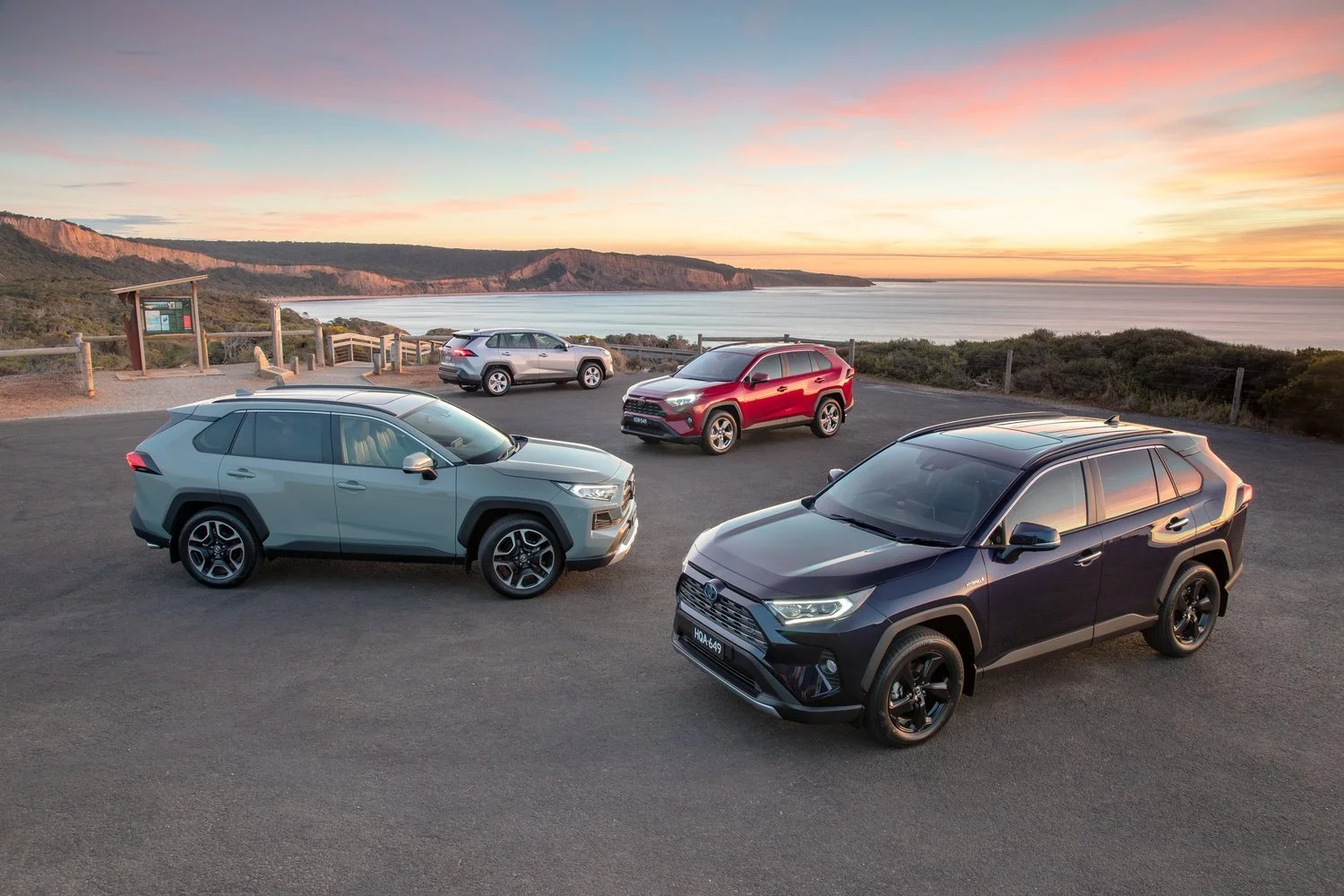LATEST NEWS
Dull start to year for new car sellers
Richard Bosselman
February 5, 2025
New vehicle sales last month were still trending as they did through most of 2024. What to do?
JANUARY presenting another month of slow new vehicle sales after a whole year of desultory performance is leaving the industry asking questions about trends and what is needed to bring sales back to health.
Data shared by the Motor Industry Association today shows the national registrations count for new passenger and light commercial vehicles came to 10,863 units, a 14.1 percent
decline on last January and a 13 percent drop from January 2023.
The body representing most new vehicle distributors says this downturn highlights continued market adjustments driven by broader economic pressures and shifting buyer behaviours.
The top performer was the Toyota RAV4 (above), with 1023 registrations - as all were hybrids, that count also made it the top seller in that sector, which the MIA cites as one the few genres which is showing health.
No electric cars made the top 10, with the top seller of that category being the BYD Atto3, which contributed 85 registrations to a total tally of 595. The world’s most famous EV brand, Tesla, failed to make a top five in which the lowest perform was Polestar 2, with 30 plated.
Plug-in hybrids were also desultory; the best performer there was the Mitsubishi Outlander, with 63 registrations in battery-assisted form. The model line took 215 registrations in total, to place eighth in consumer choice.
The top selling one-tonne ute, also the second-strongest seller for the month, was the Toyota Hilux, with a total 614. Having ended 2024 as the top selling new model for a 10th consecutive year - wrapping up with a peak sales performance in December - the Ford Ranger had a quiet January, siting in third with 553 registrations.
A new entrant to the ute market, the petrol-electric BYD Shark 6, was the only new face in the top 10, nabbing last position in that order with 195 registrations.
The MIA says it anticipated a decline in light commercial activity, reminding that removal of the Clean Car penalties on high emissions models - which includes all diesel utilities - triggered an “exceptional” spike in their sales this time last year. That has now eased.
Nonetheless, while it believes buyers will from now on expand their vehicle preferences across more genres, as much as the hybrid performance shows evolving consumer preferences towards fuel efficiency and sustainability, it is concerned that the pace of consumer transition toward environmentally relevant products is slower than is required in order to meet Government mandated CO2 targets, which strengthened on January 1.
Said MIA chief executive Aimee Wiley: “The industry faces a complex challenge - balancing regulatory compliance with evolving consumer preferences while ensuring that vehicles remain accessible and competitively priced.
“Managing this transition effectively is critical to preventing unintended market consequences, such as rising vehicle costs or supply constraints.”
While hybrid adoption remains strong, she said, uptake of electric vehicles - which are the most crucial products to achieve C02 decline - has yet to see a significant rebound.
“Ensuring long-term affordability and sustainability in the market will require ongoing collaboration across the sector, with a focus on aligning supply with both regulatory requirements and real-world consumer demand.”

